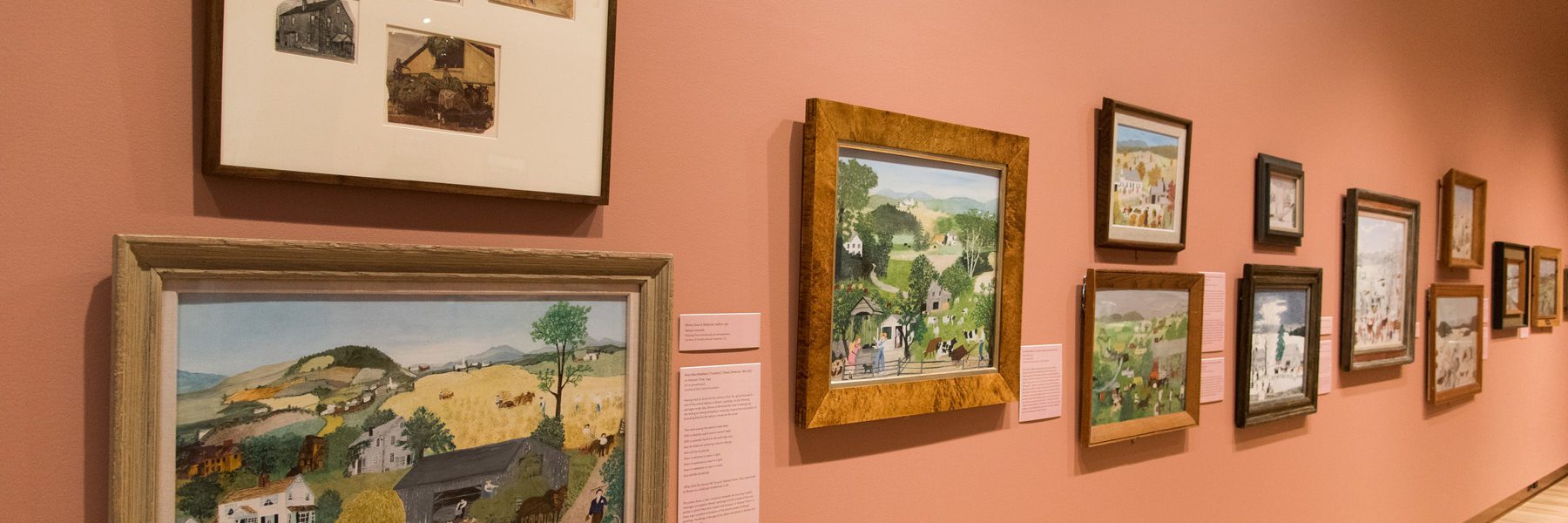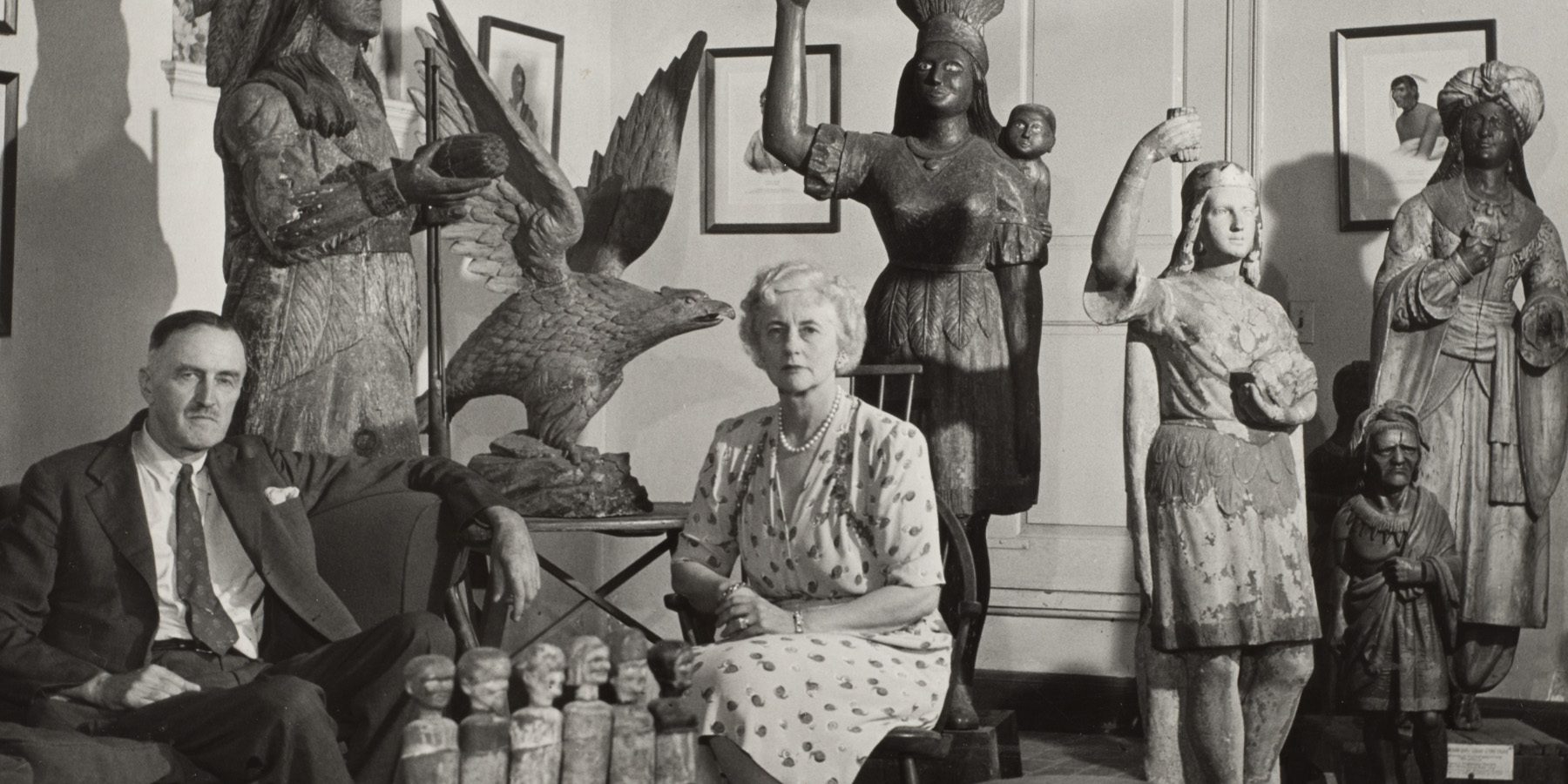
Shelburne Museum’s world-renowned collections of art and Americana span four centuries and include some of the most outstanding examples anywhere of fine and decorative arts, folk art, circus collections, textiles, toys, carriages, decoys, and more. From French Impressionism to American ingenuity, Shelburne Museum has something for everyone.
The Museum’s collections are housed in thirty-nine buildings spread out over forty-five beautifully landscaped acres. Among these are twenty-five significant examples of historic New England architecture, relocated to the Museum grounds to provide a historic setting for the Museum’s treasures. The result is an unconventional and totally immersive museum experience that delights visitors of all ages.
Founder Electra Havemeyer Webb described Shelburne Museum as a “collection of collections.” The Museum’s extraordinary holdings, numbering more than 100,000 items, defy any simple description. What other museum in the world displays paintings by Claude Monet and Andrew Wyeth alongside duck decoys, carousel animals, and a completely intact side-wheel steamboat? From fine and decorative arts, folk art, circus collections, textiles, toys, and carriages to an array of objects that illustrate four centuries of design in America, Shelburne Museum’s collections are rich, diverse, and always engaging. Come visit us to explore and discover them for yourself.
Please note: Shelburne Museum’s curators cannot provide appraisals for historical objects or works of art. You may locate a qualified appraiser in your area by visiting the website of the American Society of Appraisers.
What does it mean to have a collection of buildings? For Shelburne Museum—as for its founder, Electra Havemeyer Webb—it means an alluring and beautifully maintained forty-five-acre campus of carefully chosen architectural gems. Many of Shelburne Museum’s thirty-nine buildings—houses, barns, a lighthouse, a schoolhouse, a jailhouse, a general store, and of course the steamboat Ticonderoga—are outstanding, intact examples of historic New England and New York architecture that were relocated to Shelburne to be part of the Museum. Others, like the Pizzagalli Center for Art and Education, are twentieth- and twenty-first-century architect-designed buildings built to be modern exhibition and education spaces. All are welcoming, inspiring, and delightfully different spaces to explore and discover.
